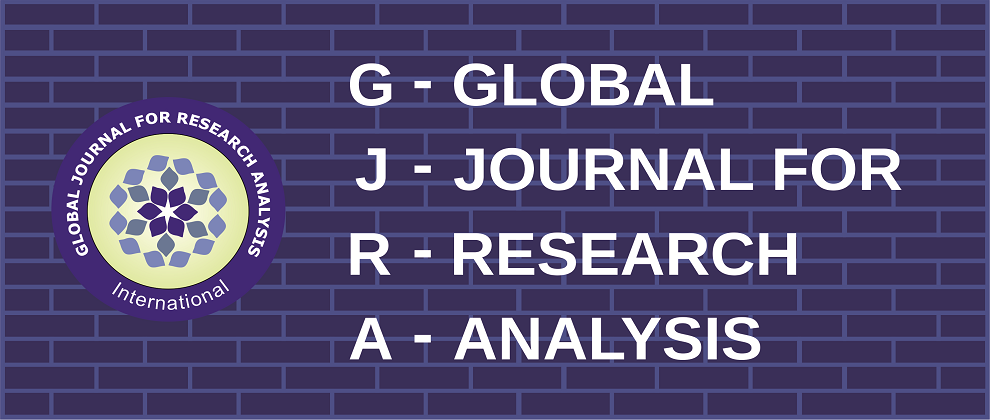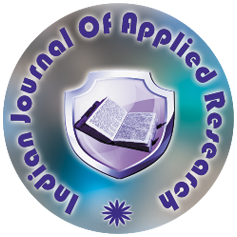Volume : 2, Issue : 11, November - 2013
Structural approach of HIV–1 genome RNA Packaging
Takuma Hayashi Ph. D
Abstract :
The human immunodeficiency virus type 1 (HIV–1) selectively packages two copies of its unspliced genome RNA, both of which are utilized for strand–transfer–mediated recombination during reverse transcription a process that enables rapid evolution under environmental and chemotherapeutic pressures. The viral genome RNA appears to be selected for packaging as a dimerized form, and there is evidence that dimerization and packaging are mechanistically coupled. Both processes are mediated by interactions between the nucleocapsid domains of a small number of assembling viral gag precursor protein (called as p55) and full–length RNA elements within the 5’–untranslated region of the genome RNA. A number of secondary structures have been predicted for regions of the genome that are responsible for packaging, and high–resolution structures have been determined for a few small RNA fragments and RNA–p55 complexes. The secondary structure for the genome RNA packaging signal of HIV–l is investigated using RNA mapping techniques and extensive computer analyses. Recent reports suggest that the RNA sequence containing the packaging signal conforms to a stable stem–loop structure and that a portion of this structure is conserved among twenty independent HIV–l isolates. The heterogeneity of the RNA packaging sequence was not correlated with the amino acid sequence variability of the viral nucleocapsid protein. Here, we review efforts that have been made to identify the molecular determination and mechanism of HIV–1 genome RNA packaging. Research findings have critical implication in understanding the viral particle maturation process.
Keywords :
Cite This Article:
Takuma Hayashi Ph.D / Structural approach of HIV-1 genome RNA Packaging / Global Journal For Research Analysis, Vol:2, Issue:11 November 2013


 MENU
MENU

 MENU
MENU

